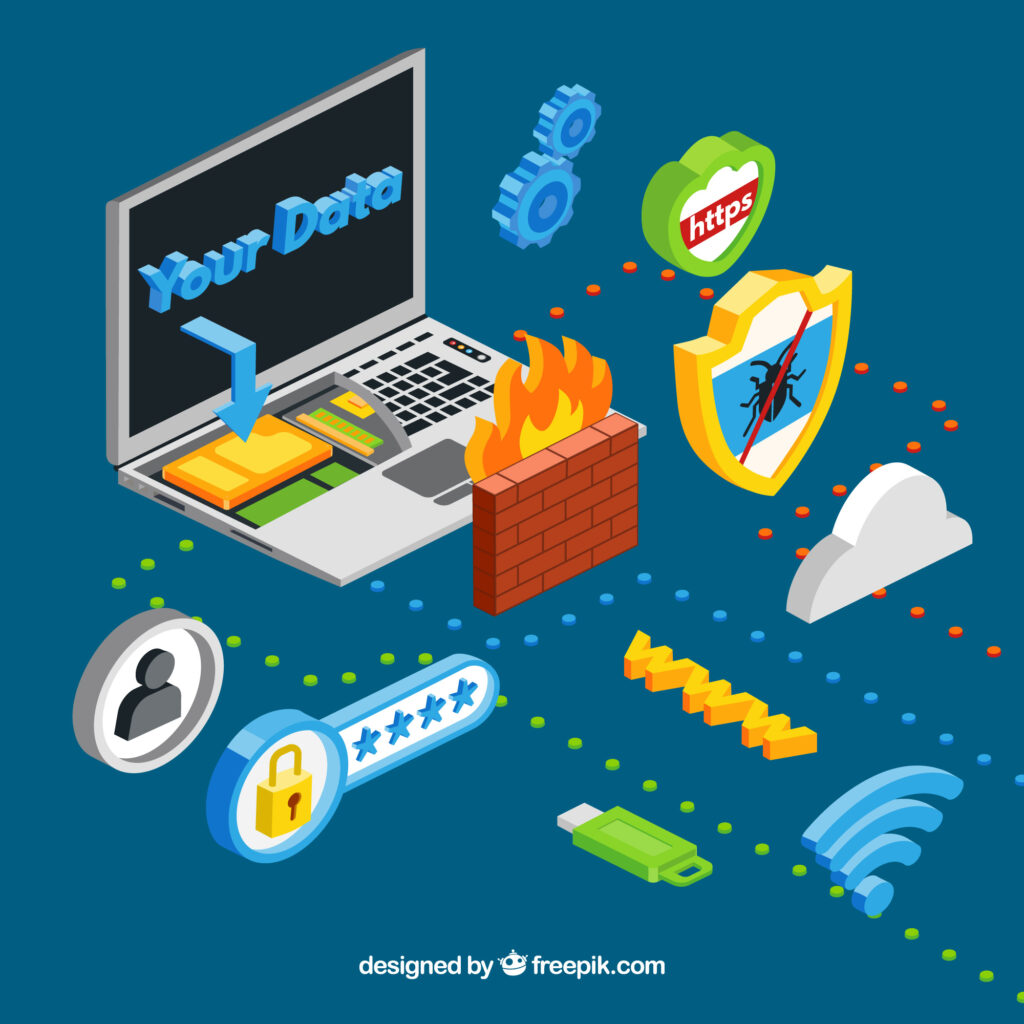A firewall is one of the most critical components of network security. It acts as a barrier between your internal network and external threats, ensuring that only authorized traffic can pass through. However, with so many firewall options available, selecting the right one for your network can be challenging. This guide will walk you through the key factors to consider, the different types of firewalls, and how to make an informed decision that aligns with your network’s needs.

Firewalls and Their Importance
A firewall is a security device or software that monitors and controls incoming and outgoing network traffic based on predetermined security rules. Its primary purpose is to establish a barrier between your trusted internal network and untrusted external networks, such as the internet.
Firewalls are essential for:
- Preventing unauthorized access: They block malicious traffic and hackers from entering your network.
- Monitoring network traffic: They provide visibility into data flows, helping you detect suspicious activity.
- Enforcing security policies: They ensure that only compliant traffic is allowed, reducing the risk of data breaches.
Without a firewall, your network is vulnerable to cyberattacks, data theft, and other security threats.
Types of Firewalls
Firewalls come in various forms, each designed to address specific security needs. Understanding the different types will help you choose the one that best suits your network.
1. Packet-Filtering Firewalls
Packet-filtering firewalls are the most basic type. They examine packets of data as they pass through the network and allow or block them based on predefined rules, such as IP addresses, port numbers, and protocols.
Pros:
- Simple and cost-effective.
- Minimal impact on network performance.
Cons:
- Limited security features.
- Vulnerable to more sophisticated attacks.
Best for: Small networks with basic security needs.
2. Stateful Inspection Firewalls
Stateful inspection firewalls go beyond packet filtering by monitoring the state of active connections. They track the context of traffic, ensuring that only legitimate packets are allowed.
Pros:
- Provides better security than packet-filtering firewalls.
- Can detect and block unauthorized traffic more effectively.
Cons:
- More resource-intensive.
- May slow down network performance.
Best for: Medium-sized businesses with moderate security requirements.
3. Proxy Firewalls
Proxy firewalls act as intermediaries between internal users and external servers. They receive traffic on behalf of the user, inspect it, and then forward it to the destination.
Pros:
- Offers high-level security by hiding internal IP addresses.
- Can filter application-layer traffic.
Cons:
- Can introduce latency.
- May require additional configuration.
Best for: Organizations that need advanced security for specific applications.
4. Next-Generation Firewalls (NGFW)
Next-generation firewalls combine traditional firewall features with advanced capabilities like intrusion prevention, deep packet inspection, and application awareness.
Pros:
- Provides comprehensive security.
- Can detect and block sophisticated threats.
Cons:
- Expensive.
- Requires skilled personnel to manage.
Best for: Large enterprises with complex security needs.
5. Unified Threat Management (UTM) Firewalls
UTM firewalls integrate multiple security features, including antivirus, anti-spam, and content filtering, into a single device.
Pros:
- Simplifies security management.
- Cost-effective for small to medium-sized businesses.
Cons:
- May lack advanced features.
- Can be a single point of failure.
Best for: Small to medium-sized businesses looking for an all-in-one solution.
Key Factors to Consider When Choosing a Firewall
Selecting the right firewall requires careful consideration of several factors. Here are the most important ones:
1. Network Size and Complexity
The size and complexity of your network will determine the type of firewall you need. Small networks may only require a basic firewall, while larger networks with multiple devices and users will need a more advanced solution.
2. Security Requirements
Assess your security needs based on the sensitivity of the data you handle and the potential threats you face. For example, financial institutions may require next-generation firewalls with advanced threat detection capabilities.
3. Performance and Scalability
Ensure that the firewall can handle your network’s traffic volume without compromising performance. It should also be scalable to accommodate future growth.
4. Ease of Management
Choose a firewall that is easy to configure and manage. Look for features like a user-friendly interface, centralized management, and automation capabilities.
5. Budget
Firewalls vary widely in cost, from affordable options for small businesses to high-end solutions for enterprises. Determine your budget and choose a firewall that offers the best value for your investment.
6. Vendor Reputation and Support
Select a firewall from a reputable vendor with a proven track record in network security. Ensure that they offer reliable customer support and regular software updates.
Steps to Implement a Firewall
Once you’ve chosen the right firewall, follow these steps to implement it effectively:
1. Plan Your Deployment
Identify the areas of your network that need protection and determine the best locations for firewall placement.
2. Configure Security Policies
Define and configure security policies that align with your organization’s needs. This includes setting rules for traffic filtering, access control, and threat detection.
3. Test the Firewall
Before deploying the firewall, test it in a controlled environment to ensure it functions as expected and doesn’t disrupt network operations.
4. Monitor and Maintain
Regularly monitor the firewall’s performance and update its software to protect against new threats. Conduct periodic audits to ensure compliance with security policies.
Common Firewall Mistakes to Avoid
Even with the right firewall, mistakes in configuration and management can compromise your network’s security. Here are some common pitfalls to avoid:
1. Using Default Settings
Default settings may not provide adequate protection. Always customize your firewall’s configuration to meet your specific needs.
2. Neglecting Updates
Failing to update your firewall’s software can leave your network vulnerable to new threats. Regularly install updates and patches.
3. Overlooking Internal Threats
Firewalls are designed to block external threats, but they may not protect against internal risks. Implement additional security measures to safeguard against insider threats.
4. Poor Rule Management
Inconsistent or overly permissive rules can weaken your firewall’s effectiveness. Regularly review and update your security policies.
Frequently Asked Questions (FAQ)
1. What is the difference between a hardware firewall and a software firewall?
A hardware firewall is a physical device that protects an entire network, while a software firewall is installed on individual devices and provides localized protection.
2. Can a firewall protect against all cyber threats?
While firewalls are essential for network security, they cannot protect against all threats. A comprehensive security strategy should include additional measures like antivirus software, intrusion detection systems, and employee training.
3. How often should I update my firewall?
Firewall software should be updated as soon as new patches or updates are released. Regular updates ensure that your firewall can defend against the latest threats.
4. What is the best firewall for a small business?
For small businesses, a Unified Threat Management (UTM) firewall is often the best choice due to its affordability and all-in-one security features.
5. Can I use multiple firewalls for added security?
Yes, using multiple firewalls can provide layered security, especially for large or complex networks. However, proper configuration is essential to avoid conflicts.
Conclusion
Choosing the right firewall for your network is a critical decision that requires careful consideration of your security needs, network size, and budget. By understanding the different types of firewalls and their features, you can make an informed choice that protects your network from external threats. Remember to regularly monitor and update your firewall to ensure it remains effective against evolving threats.
If you’re unsure which firewall is best for your organization, consult with a network security expert to assess your needs and recommend the most suitable solution.

